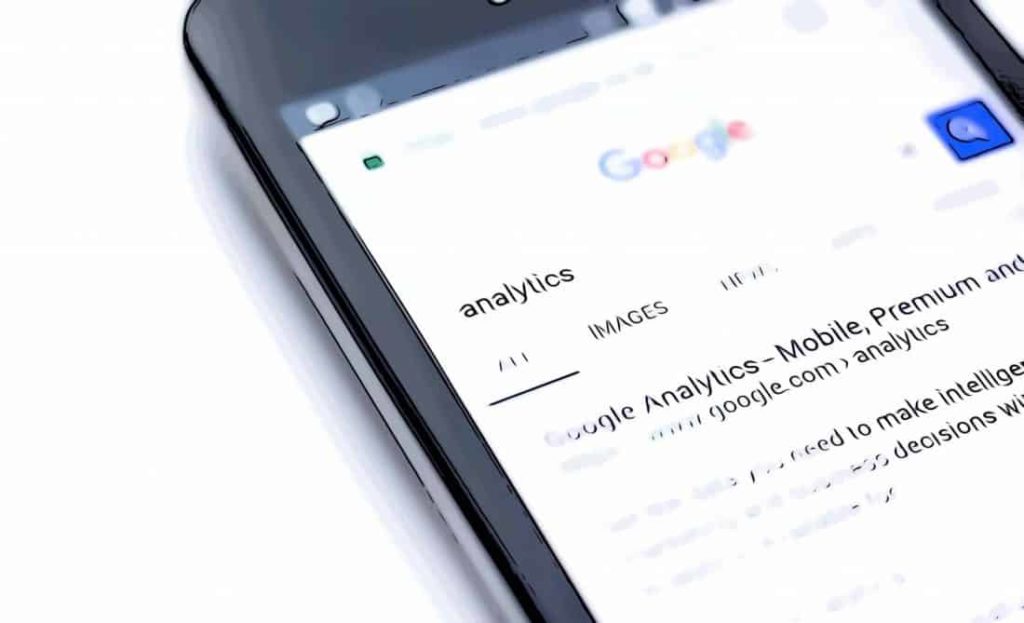If there is a ‘silver bullet’ to marketing, it would be data.
Data is the raw material marketers need to make sense of things so that they can do their job with precision and purpose. There’s a million marketing tools and templates available on platforms such as Notion, but this understanding is what empowers marketers to understand their customers, based on the actions they take, revealing their most authentic intentions.
In a recent survey, 40% of brands plan to expand their data-driven marketing budgets, while 88% of marketers used data to enhance their understanding of the customer. Quite clearly, data is slowly becoming to marketers; what oxygen is to humans.
In this article, we’ll look into how data is revolutionizing the world of marketing. If you’re a marketer, you’ll get some robust insights into how data-driven marketing is shaping the future of your profession. So let’s get into it!
Table of Contents
Personalization Of Marketing Campaigns
Imagine being greeted by your first name the second you visit a website. Or receiving an email addressed to your name with a list of your favorite products. Better yet, being notified about ordering your groceries every week with personalized recipe recommendations. Are you impressed yet?
That’s precisely what data-driven marketing enables you to do. By collecting critical pieces of data about customers at various marketing touchpoints, like their name, contact details, what they’re interested in, what they’d like to hear about and who they want to hear from, marketers are empowered to be strategic in all their campaigns.
Amazon, for instance, uses customer data to analyze their historical purchases to show them product recommendations based on their shopping habits. They’re able to showcase customized product pages to appeal to customer interests, so they’re more likely to buy. These customized product pages could include customized product recommendations, and even personalized pricing to induce customers to buy.
Capitalizing on customer data is excellent for both customers who receive personalized communications, and marketers, who make a positive impact on the bottom line!
Predictive Analytics
HIstorical customer behavior is one of the best ways to predict how customers are likely to behave in the future. For instance, if you’re a grocery store, and a customer has always been health conscious his whole life, ordering sugar free granola bars for the last three years, the chances are that he is going to continue ordering them from you in the near future.
When customer purchases become predictable, businesses can capitalize on this information by ‘automating’ their sales. Essentially, they’d offer the customer a chance to make ‘repeat purchases’ based on the predictability of their shopping behavior.
Building on the Amazon example, they’ve recently obtained a patent on a system called “predictive dispatch” to send products to customers even before they buy it! This is a real game-changer for Amazon, and it’s customers. Amazon can stabilize their revenue, and customers purchase products without having to put any effort into actually making the purchase.
And with the rise of tools that can help access public data, it’s easier to say “what is web scraping, and how can this provide data that will boost my marketing”.
Customer Segmentation
Customer segmentation is the act of ‘clustering’ customers into groups to identify unusual patterns. For instance, your data may reveal that customers from a particular city are more likely to buy your products than others. Or you may discover that customers belonging to a specific age demographic purchase different products from you when compared to other age groups.
Tools like Tamoco can be extremely useful to gather location data to help you segment your target audience. For example, Tamoco collects information based on location to further segment your audience based on specific interests, how many times they’ve visited a location, common preferences, and demographics including age, gender, and even home and work location.
These insights can be golden opportunities for marketers to create bold campaigns that optimize their return on investment. By clustering customers into specific groups, they can create separate marketing campaigns for each segment, making their content highly relevant.
While there are several techniques marketers use to segment data, the overarching goal is to identify anything of interest that helps them boost revenue and meet their goals. With effective customer segmentation, marketers can:
- Identify who their most profitable and least profitable customers are.
- Predict future customer patterns.
- Improve their marketing focus by creating relevant content.
- Build loyal relationships.
- Price products differently.
- Develop better products based on customer interests.
Inevitably, high-quality data is the precursor to doing segmentation well. That’s why businesses must continue to invest in collecting high-quality data so that all segmentation efforts can be fruitful.
Optimized Paid Campaigns
By collecting data about customers, social media platforms like Facebook and Linkedin make it possible for marketers to customize paid ad campaigns, at scale. What this means is that they can create separate ad campaigns for specific groups of prospects, for paid campaign success.
Additionally, big data makes it possible for marketers to conduct “remarketing” campaigns. Remarketing campaigns are ads that literally ‘follow’ your customers online, wherever they browse, once they’ve visited your website.
Chasing customers online with your paid ads can be an effective strategy when executed well. As per the ‘rule of 7’ in marketing, a prospect needs to be exposed to your ad for a minimum of 7 times before they decide to take action on it.
That’s why some marketers are looking to focus on specific platforms, such as LinkedIn marketing.
While big data makes it possible to chase customers with paid ads, it’s important not to make your customers feel stalked when creating remarketing campaigns. You should endeavor to expose your ads to customers by spacing out the time of exposure, so your ads appear more natural, and don’t come across as being pushed onto prospects!
Your Business Size Doesn’t Matter Anymore
Whether you’re a big business with over 500 employees, or a small business with under five employees making category specific products like an underwire bikini top, software tools make big data easily accessible to all. That’s the beauty of marketing on the internet!
You can be just as effective at marketing no matter what size business you are, because success in this game is dependent on how well you utilize the data to your advantage. While the size of your marketing budgets may certainly have a role to play in the extent of your success, you can still achieve a high degree of precision in your marketing campaigns and acquire customers rapidly, with big data being your marketing backbone.
Free online tools like Google Analytics have made it possible to collect and analyze big data in real-time. Small businesses need not spend money on buying expensive tools to get a deeper understanding of who their customers are since google makes it easily affordable. Before the ‘big data era,’ this was impossible to do.
Wrapping It Up
Big data makes the future of marketing very bright! With high-quality data being collected in real-time, and the availability of technologies like machine learning and AI, the world of marketing is up for massive changes. It’s no surprise that only the sky’s the limit to what sophisticated marketers can achieve in the near future!
Ryan Gould
Vice President of Strategy and Marketing Services
From legacy Fortune 100 institutions to inventive start-ups, Ryan brings extensive experience with a wide range of B2B clients. He skillfully architects and manages the delivery of integrated marketing programs, and believes strongly in strategy, not just tactics, that effectively align sales and marketing teams within organizations




Leave a Reply